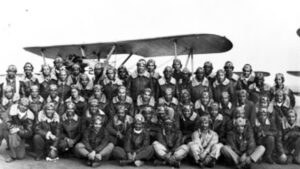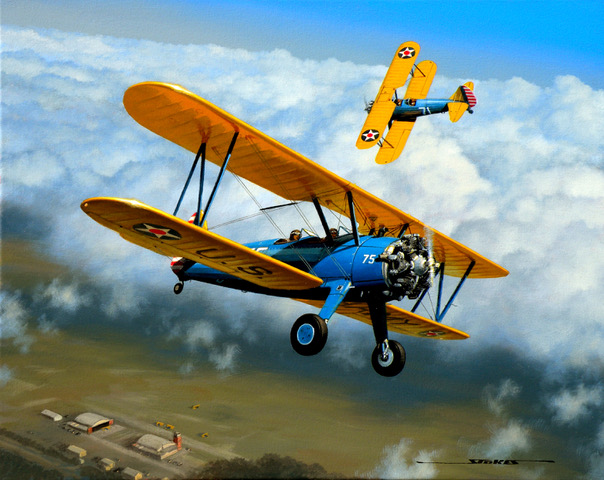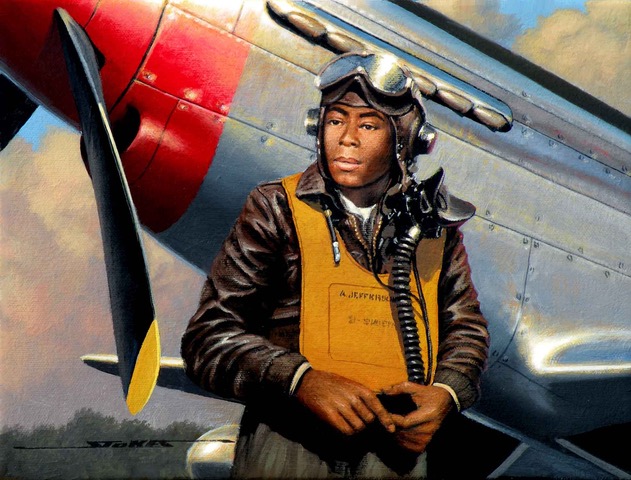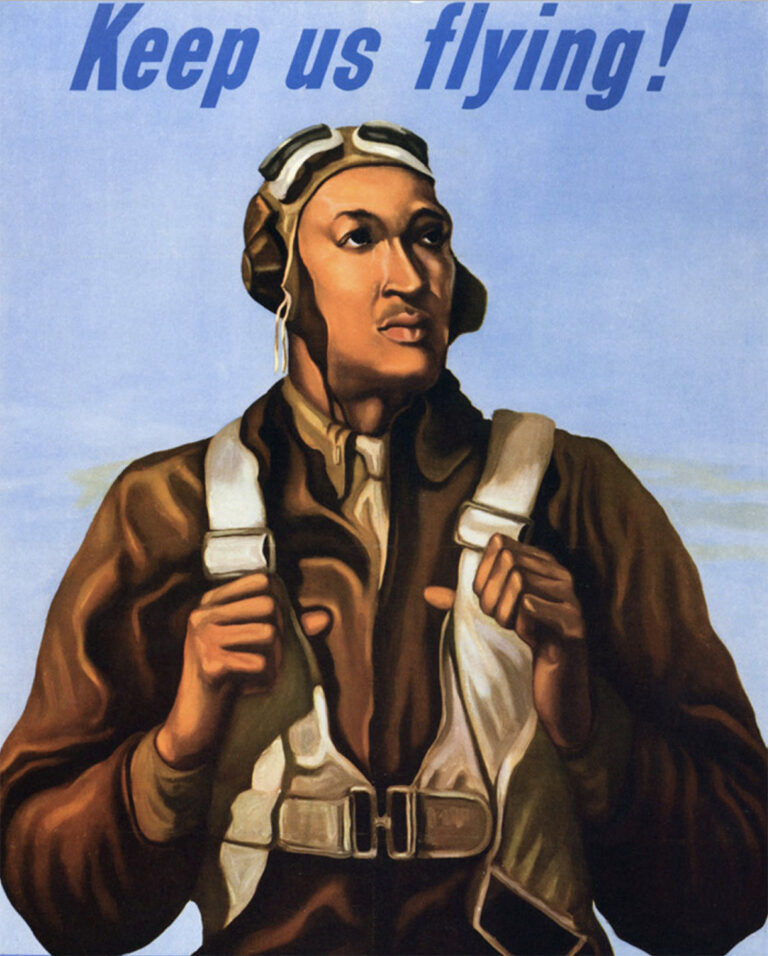Primary training at Tuskegee was at Moton Field, just three nautical miles north of town. This was accomplished in an airplane built by Boeing Stearman. The early models were the PT-13 with the later models being the PT-17. They were a rugged brute of a biplane that made a great deal of wonderful, deep-throated noise from their radial engines. With all that noise, the Stearman couldn’t go very fast. It didn’t need to because the instructor and cadet pilot really weren’t going much of anywhere. The cadet was simply being taught to fly by the instructor. Teaching a new cadet to fly was what this airplane was all about. If the cadet mastered the PT-17, he could probably be taught to fly most anything.
The PT-17 was an open cockpit, fabric covered biplane with a framework that was a mixture of metal and wood. The upper and lower sets of wings were attached to each other with struts and wires that, under curtain conditions, the wires would shriek like a banshee. It had narrow main landing gear with a tail wheel, a set-up that would embarrass any inattentive pilot with a humiliating ground-loop. A ground loop could take place during the roll-out after a landing when the pilot inadvertently lost control of the beast and the plane would suddenly swap ends, usually accompanied by a wing tip eating the ground and sometimes worse. After the dust settled, sitting there right in the middle of all the mayhem would be a red faced cadet for all to see.
But for those who could master this beast, it would hand them the pure joy of flight.





